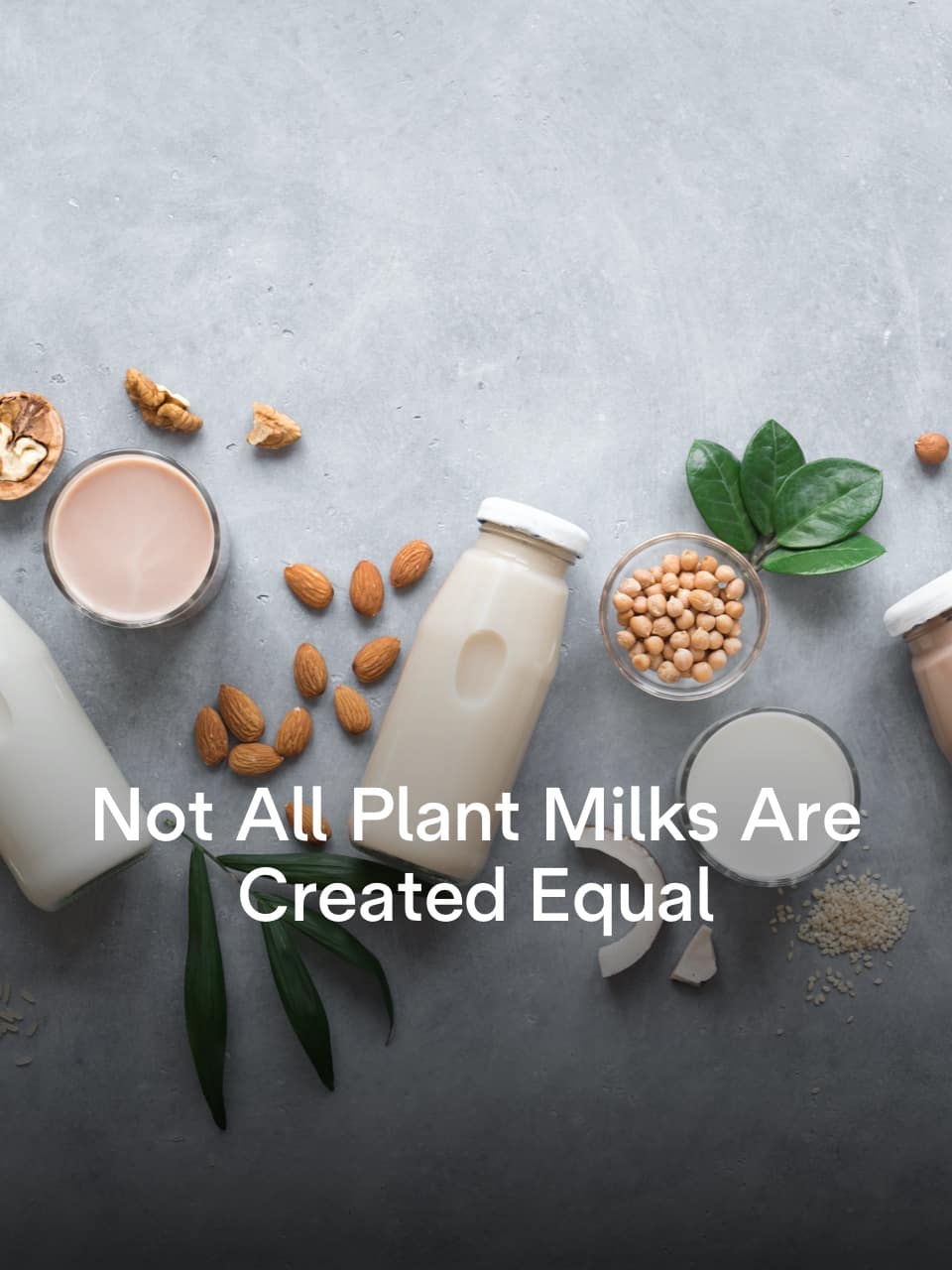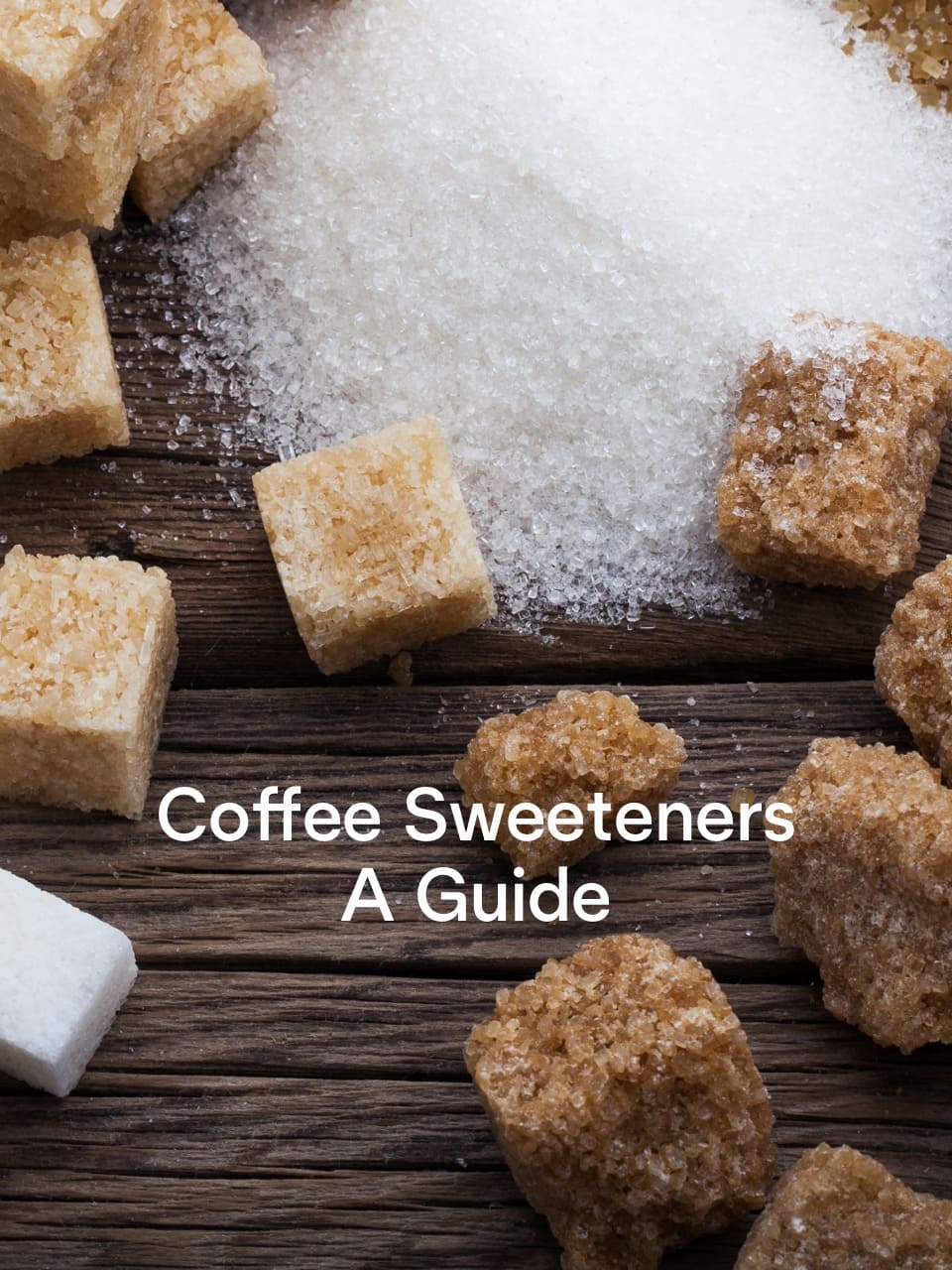1. Protein content is key
The milk protein is the most important piece to create the foam. When heated, the protein forms the microbubble structure, so it is recommended that the milk has a higher protein content to have a more stable foam.
Almond milk and soy milk are plant-based milks with a high protein content, which makes them easy to texture, especially soy milk, to which you should avoid incorporating too much air when you start steaming to avoid excess foam.
Coconut and oatmeal have less protein, although oatmeal offers good results if it is aerated for longer periods.
There are vegetable milks designed especially for baristas, which contain stabilizers. These are substances that help the milk not curdle when it comes into contact with the acidity of the coffee.
 Découvrez notre machine à espresso entièrement automatique la plus vendue, maintenant avec fonction infusion froide ! Savourez plus de 50 recettes en une seule touche, dans le confort de votre foyer.
Découvrez notre machine à espresso entièrement automatique la plus vendue, maintenant avec fonction infusion froide ! Savourez plus de 50 recettes en une seule touche, dans le confort de votre foyer.
 Préparez sans effort un espresso de qualité à la maison avec la machine La Specialista Opera – maintenant avec Cold Brew.
Préparez sans effort un espresso de qualité à la maison avec la machine La Specialista Opera – maintenant avec Cold Brew.












